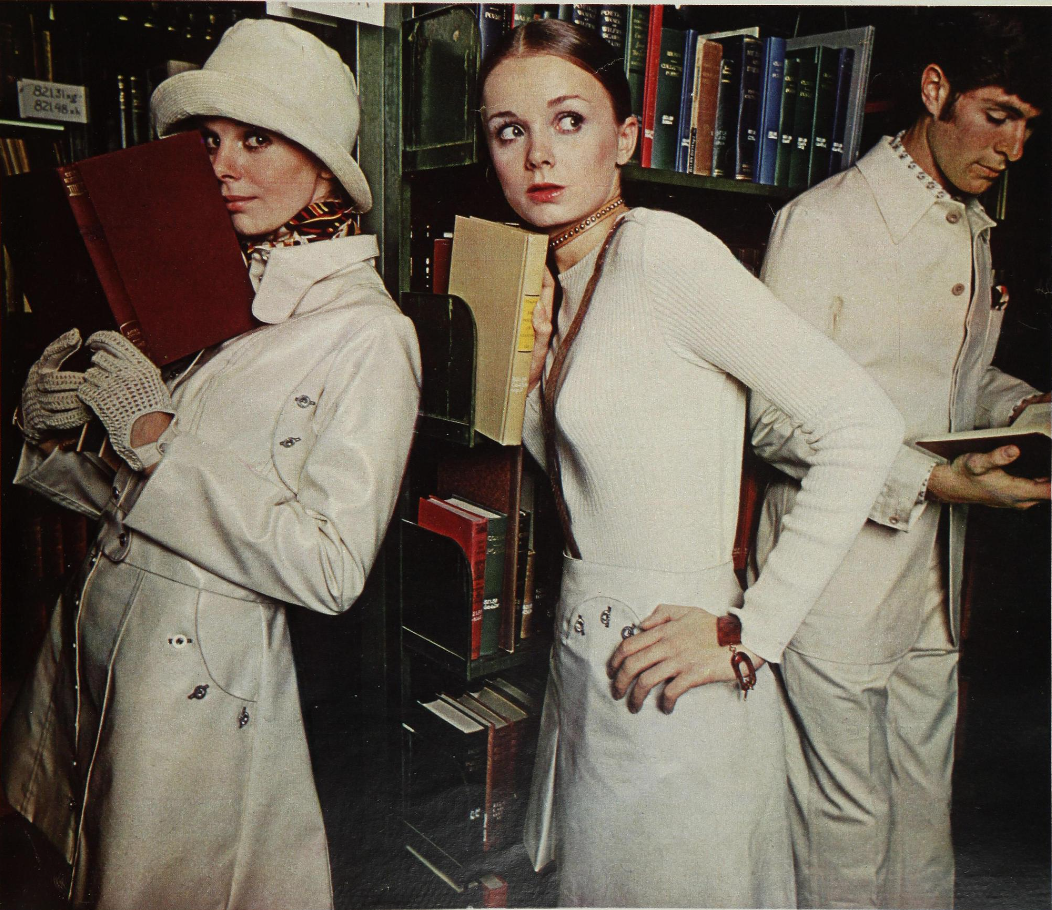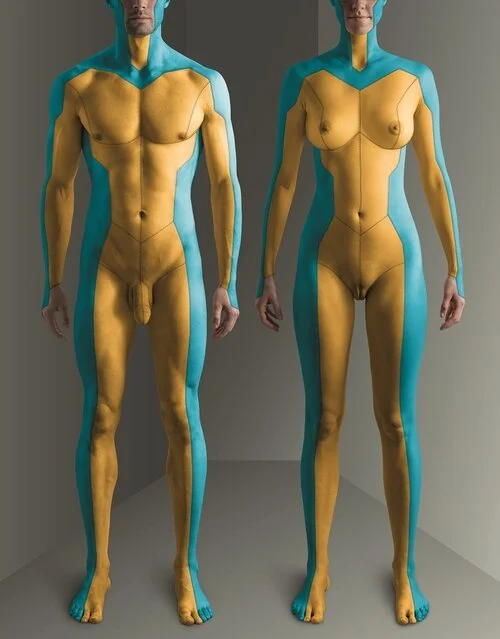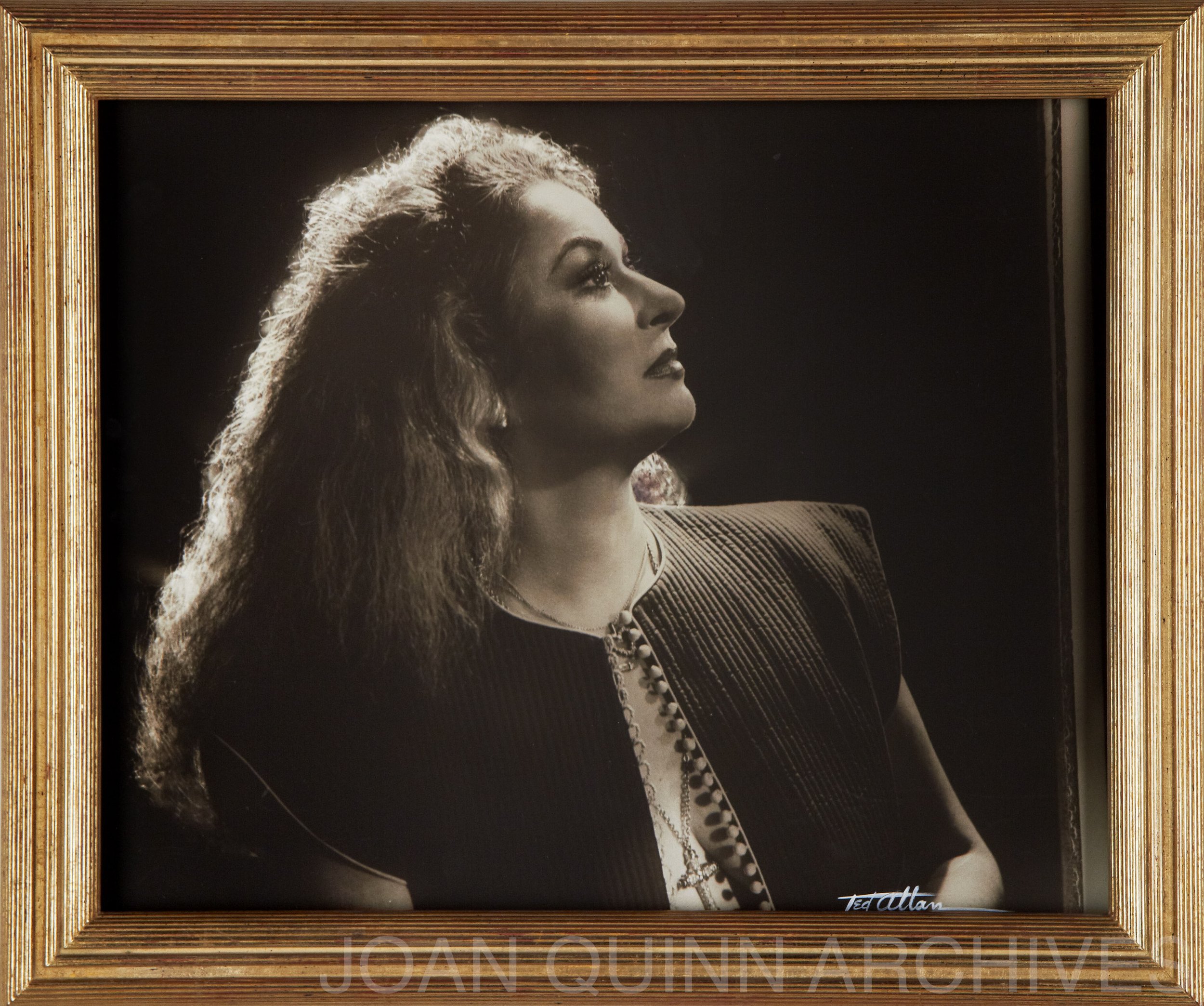
Interviews with creatives about life, art and the creative process
Latest Episodes
Allen was born in Southampton in 1937 and grew up in the London suburbs. He studied painting and lithography at Hornsey College of Art between 1955 and 1959, after which he entered the Royal College of Art alongside what was to become the first generation of British pop artists. After teaching art and exhibiting for a few years, in 1964 he moved to New York for a year, before going on an extended tour of the United States by car. This trip proved to be incredibly influential in his career—connecting him with the American pop art scene, helping him develop a more hard-edged painting style, and introducing him to fetish imagery. In 1970 he premiered his most controversial works—sculptures of pneumatic female mannequins as furniture: a chair, a hat stand, and a table. The feminist backlash made him into a household name. One of Britain’s most famous living artists, at 85, he continues to paint everyday day in his large barn-like studio in the beautiful English countryside.
From Queens, Letty grew up in a conservative Jewish family. At age 20 in 1960, she became the director of publicity for the publishing company Bernard Geis Associates—later rising to vice president. There she was instrumental in making books like ‘Valley of the Dolls’ and ‘Sex and the Single Girl’ into mega-bestsellers. In 1970, she wrote her first book, ‘How to Make it in a Man’s World’; after its success, she left her job to focus on writing and raising her family. She was a founding member of the National Women's Political Caucus, through which she met Gloria Steinem; in 1972, they founded Ms. Magazine together. Letty was an editorial consultant for the 1972 TV special ‘Free to Be... You and Me’ for which she earned an Emmy. Throughout the 70s, 80s, 90s and up to today, she has continued writing books—centering on subjects around the family, raising children, being a working woman, aging, and Judaism. Her latest book, ‘Shanda: A Memoir of Shame and Secrecy,’ was released in 2022; in it she unfurls generations of secrets in her family and discusses how the Jewish teaching of “Shanda,” or shame, perpetuated constant paranoia and secrecy. Letty and I chat about everything—her childhood, the abortions she had in college in the 1950s, how she got her start in publishing, her almost 60-year marriage to labor lawyer Bert Pogrebin, what ‘Mad Men’ got right about the 1960s, discovering feminism, Ms. Magazine, balancing career and family life, being a working writer, and rediscovering Judaism.
Originally from Brooklyn, James Fritzhand published his first novel in 1971, ‘Son of the Great American Novel.’ He then went on to publish seventeen further novels, across many genres and using several pseudonyms—from showbiz roman a clefs to sagas to gothics to adventure novels and more. In the early 1980s, Fritzhand became a television screenwriter—writing for many of the major prime time soaps of the era: ‘Falcon Crest’, ‘Flamingo Road’, and ‘Hotel’ (which he also produced for a season). Around 2000, he retired from showbusiness and moved to northern California, where he lives a quiet life with his partner of 46 years. Jim and I talk about growing up in Brooklyn in the 50s and 60s, discovering himself as a writer, how he went from literary fiction to popular fiction to TV writing, meeting his partner in a gay bathhouse, AIDS, the quiet life, losing everything in the Tubbs Fire, and his passion for birding.
Fashion and cultural historian Laura McLaws Helms speaks with art director and author Steven Heller. An incredibly creative and prolific individual, Steven is the author, co-author or editor of over 200 books on graphic design, illustration and political art. I interviewed him in the fall, around the publication of “Growing Up Underground: A Memoir of Counterculture New York,” which details his teens and early 20s working in the counterculture press. At 17 he became the art director at the counterculture weekly, the New York Free Press. He then went on to work for Screw, the East Village Other, Rock, Gay, Mobster Times, and Evergreen Review, before being poached at age 24 by the New York Times to be the art director of the Op-ed page. Steve was an art director at The New York Times for 33 years; 3 years on the Op-ed page, before moving to the Book Review. He became a senior art director in 1980. Steven is the co-founder and co-chair of the MFA Design Department and co-founder of the MFA Design Criticism, MPS Branding, MFA Interaction Design, and MFA Products of Design programs at SVA. Heller is also the recipient of the Smithsonian Institution National Design Award for "Design Mind," the AIGA Medal for Lifetime Achievement and other honors.
Bess Motta was born and raised right outside Los Angeles, and began acting in school plays at a young age. After high school, she went on to star in “The Great American Backstage Musical” on stage in San Francisco and London—arriving back from her British sojourn thirty pounds heavier. Needing to lose weight for auditions led her to join a gym and try aerobics; within months she had lost the weight and was leading sixteen classes a week. She was elevated to fitness fame as one of the instructors of “20 Minute Workout,” and began traveling the country to lead workouts and host fitness competitions in malls nationwide. In addition to teaching fitness for forty years, Bess has continued to act—her most famous role being Ginger, Sarah Connor’s roommate in “The Terminator.” In 2016, Bess returned to the stage to star as Judy Garland in the west coast theatre premier of “The Boy from Oz,” for which she won the LA Stage Alliance Ovation Award for Best Featured Actress in a Musical and Best Featured Performance from the Los Angeles Drama Critics Circle.
Manny Schongut has had a long and diverse career as an illustrator. From upstate New York, Schongut studied and taught at Brooklyn’s Pratt Institute before becoming a freelance illustrator. During the 1960s, Schongut became known for his distinctive book covers, often for science fiction and crime novels, that brought together watercolour and pen-and-ink in intriguing graphics. In the early 1970s, he was represented by Push Pin Studios, the legendary graphic design and illustration firm founded by Milton Glaser and Seymour Chwast. Taking a more traditional figurative tack, Manny’s work appeared in New York magazine, the New York Times, Vogue, Town & Country, Redbook, and many other publications. Starting in the 1970s, Schongut began working on children’s books—so far, he has illustrated over twenty, and been the author of five of those. Based in San Francisco since the early 1990s, 86-year-old Manny continues to create.
One of the most memorable models of the late 1960s and 1970s, Pat Evans was born and raised in Harlem. After she shaved her head, her modeling career became highly successful with Pat starring in ad campaigns, editorials and on the cover of three legendary Ohio Players albums. Unwilling to put up with the way Black women were treated as models, she moved into designing – creating handmade leather clothes that were worn by superstars like Isaac Hayes. Pat also worked as a makeup artist for yet more superstars, Aretha Franklin among them, before founding her own modeling agency. A religious experience led her to close her agency and move to the country in the early 1990s, focusing since then on her spiritual experience and on making traditional Native American clothes, moccasins, and objects. She lives a quiet life away from fashion industry but kindly took the time to reminisce and share her experiences with us.
Joan Quinn has been a major force in the Los Angeles art scene for 70 years, as a collector, promoter, advocate, and friend to generations of artists. While amassing a large “accumulation” of art, her passion and collecting zeal also made her a muse for artists—what started as some artist friends painting and sculpting her portrait in the seventies, has now grown into a collection of over 300 portraits of Joan. In the late 1970s, Andy Warhol asked her to become West Coast editor of Interview magazine; a role she later held with several other publications. From the mid-1980s until 2020, Joan hosted public access TV shows where she interviewed artists and creatives.
Known for his saturated, highly glamorous covers for Interview magazine, Richard Bernstein was born in New York in 1939; he passed away from AIDs-related complications in 2002. Richard created the cover for every Interview magazine up until Warhol's death in 1987—a prodigious volume of work that serves as an archive of 1970s and 1980s celebrity culture. In the late 1970s, Richard Bernstein became friends with Grace Jones, helping to mold her visual identity as she first emerged as a singer. The duo continued to work together for many years. Richard was also an early innovator in digital art.
Rory is Richard's nephew and the one entrusted with maintaining and carrying forward his legacy. In our conversation, he provides a short biography of Richard, his artistic career and his relationship with Andy Warhol. We then speak about what is like to run an artist’s estate, what it entails, and the process of archiving. Rory was instrumental in the creation of a coffee table book on Richard, Starmaker, which was published by Rizzoli in 2018; he has also loaned Richard’s work to numerous museum exhibitions and collaborated with a number of fashion and interiors brands.












